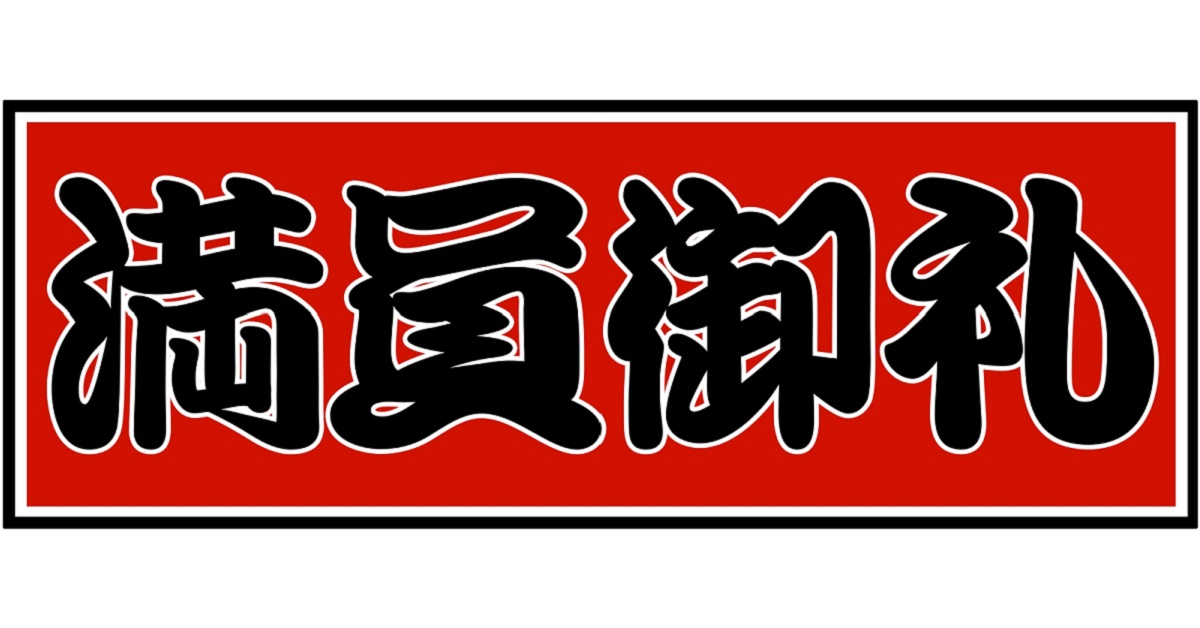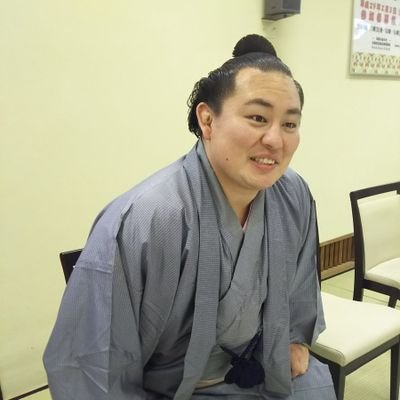“Man’in Onrei” is not merely a phrase meaning “Full House.” In the world of sumo, it represents a deep expression of gratitude toward the audience and reflects Japan’s spirit of respect and appreciation. When this banner is raised over a sold-out arena, it signifies a heartfelt “thank you” that unites wrestlers, fans, and organizers alike.
- What Is “Man’in Onrei”?
- “Man’in Onrei” Standards by Sumo Venue
- The History and Cultural Background of “Man’in Onrei”
- The Spirit of “Man’in Onrei” for International Visitors
- The Relationship Between Sumo and Its Spectators
- The Modern Significance of “Man’in Onrei”
- The Psychological Impact of “Man’in Onrei”
- Conclusion
What Is “Man’in Onrei”?
In sumo, “Man’in Onrei” is a banner displayed when every seat in the arena is filled, sometimes even including standing areas. The word “Man’in” means “full capacity,” while “Onrei” means “gratitude.” Together, they signify “We are sincerely thankful that all seats are filled.”
The banner is usually white with bold red characters and is hung from the ceiling during or between matches. It’s not just an announcement; it is a symbol of success and pride for that day’s tournament. The audience, seeing the banner, understands that they are part of something special—a truly full and celebrated event.
“Man’in Onrei” Standards by Sumo Venue
The Japan Sumo Association has specific attendance numbers that qualify as “full capacity” for each location. When attendance exceeds that standard, “Man’in Onrei” is officially declared.
| City | Venue | Approximate Capacity for “Man’in Onrei” | Notable Features |
|---|---|---|---|
| Tokyo | Ryogoku Kokugikan | About 11,000 people | Held three times a year, the largest-scale venue |
| Osaka | Edion Arena Osaka | About 8,000 people | Known for the energetic Spring Tournament |
| Nagoya | Dolphins Arena | About 7,500 people | Summer tournament known for its intense heat and excitement |
| Fukuoka | Fukuoka Kokusai Center | About 7,000 people | Winter tournament with strong local support |
When the “Man’in Onrei” banner appears, it signifies the success of the event and becomes a proud memory for both the organizers and spectators.
The History and Cultural Background of “Man’in Onrei”
The term originated during Japan’s Edo period in theater culture. When a kabuki or rakugo performance reached full capacity, a wooden sign reading “Man’in Onrei” was placed at the entrance to thank the audience.
As sumo gained popularity, the custom was adopted into tournaments as a symbol of successful attendance and appreciation. By the Meiji era, as professional sumo spread nationwide, “Man’in Onrei” became a common sight at major events.
| Era | Venue Type | Background | Meaning |
|---|---|---|---|
| Edo Period | Theaters | Wooden signs showed gratitude | Birth of a “thanks to the audience” tradition |
| Meiji Period | Traveling sumo tournaments | Growing national interest | Established as proof of success |
| Showa Period | National Sumo Arena | Became a national event | Symbol of pride and prosperity |
| Modern Era | Nationwide tournaments | Includes global spectators | Evolved into an international cultural expression |
Thus, “Man’in Onrei” represents a deep connection between performer and audience that has continued for centuries.
The Spirit of “Man’in Onrei” for International Visitors
The phrase can be translated into English as “Full House – Thank You,” but this doesn’t fully capture the nuances of respect and humility embedded in Japanese. The term “Onrei” implies not only gratitude but also sincere respect and modesty toward others.
For foreigners attending sumo, the banner “Man’in Onrei” is more than a decorative phrase. It reflects Japan’s culture of politeness and appreciation toward spectators. It shows that sumo is not just a sport—it’s a traditional art form infused with spirituality and human connection.
The Relationship Between Sumo and Its Spectators
Sumo is more than competition; it is also a sacred ritual rooted in Shinto tradition. Ceremonies such as the ring-entering procession and salt purification emphasize respect for the gods. When “Man’in Onrei” is displayed, the energy of the full crowd fuels the wrestlers’ fighting spirit, and the arena becomes a single unified space.
Spectators cheer, clap, and shout encouragement, creating an atmosphere where watching becomes a form of participation.
| Role | Main Function | Emotional Reaction | Impact |
|---|---|---|---|
| Wrestlers | Perform and compete | Tension and pride | A full audience raises motivation |
| Spectators | Cheer and applaud | Excitement and unity | Create the arena’s atmosphere |
| Organizers | Manage the tournament | Gratitude and duty | Express appreciation with “Man’in Onrei” |
This relationship reflects how sumo embodies harmony between performance, audience, and tradition.
The Modern Significance of “Man’in Onrei”
During the pandemic, spectator numbers were restricted, and the “Man’in Onrei” banner temporarily disappeared. When it finally returned, fans celebrated it as a symbol of Japan’s cultural revival.
In recent years, with digital viewing options, new forms of participation have emerged. The concept of “Digital Man’in Onrei” now refers to full online engagement, where fans worldwide join in virtually. This demonstrates how sumo continues to evolve while preserving its deep-rooted traditions.
The Psychological Impact of “Man’in Onrei”
The phrase “Man’in Onrei” carries emotional power for wrestlers, fans, and organizers alike. For the wrestlers, it boosts confidence and motivation. For spectators, it provides a sense of pride and shared experience. For organizers, it signifies achievement and fuels the desire to improve future tournaments.
| Group | Emotional Change | Behavioral Response | Outcome |
|---|---|---|---|
| Wrestlers | Excitement and focus | Higher performance | Memorable matches |
| Spectators | Anticipation and unity | Enthusiastic cheering | Greater engagement |
| Organizers | Relief and gratitude | Strive for better service | Enhanced event quality |
Thus, “Man’in Onrei” is not just words—it’s a powerful symbol that connects hearts and inspires excellence.
Conclusion
In sumo, “Man’in Onrei” stands for gratitude, tradition, and success. It’s more than a sign of full attendance—it’s a message of appreciation toward every individual in the audience.
For first-time spectators or international visitors, seeing this banner means you’re part of a special day when wrestlers and fans become one. Within that moment of shared emotion and respect lies the essence of Japanese culture itself—a harmony of gratitude, pride, and connection.





コメント